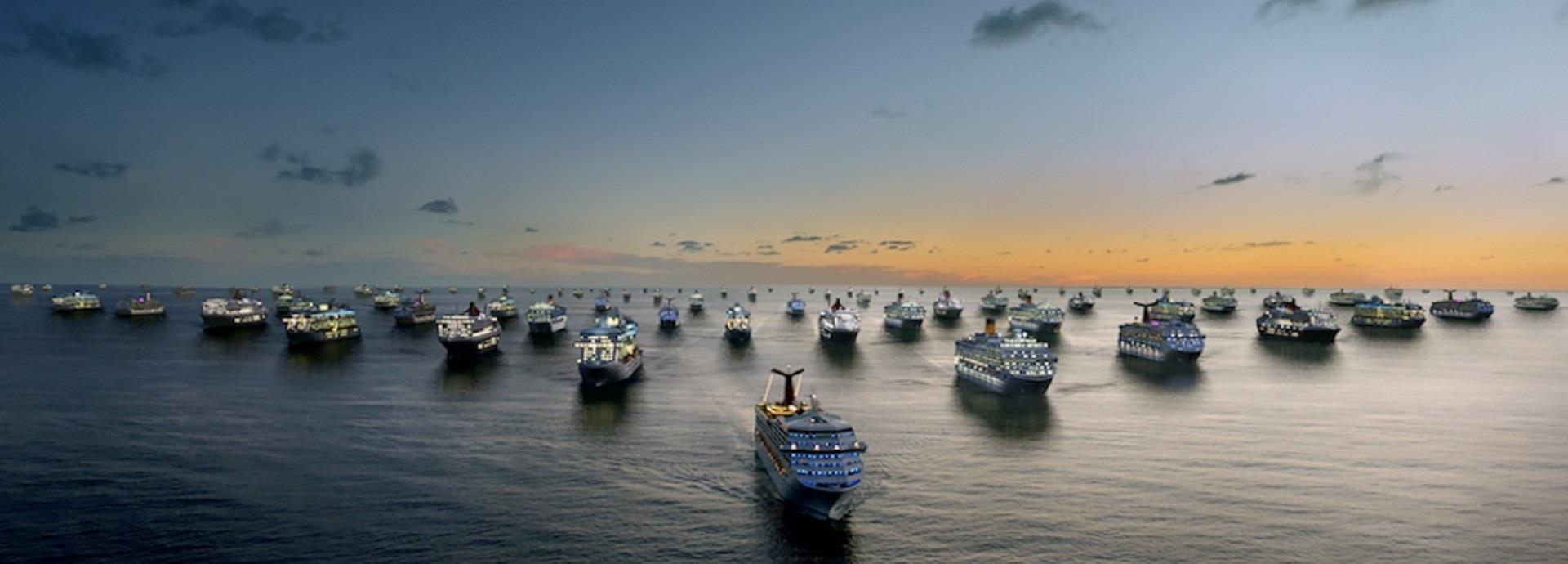

Two years in, the performance-based logistics agreement (PBL) between Wärtsilä and Carnival has yielded business benefits for both parties and helped improve collaboration. Read on to learn about the PBL’s history, how it is being implemented and what the PBL’s success could mean for the future of Wärtsilä’s overall business.
In 2017, Wärtsilä and Carnival Corporation, the world’s largest cruise company, negotiated a new agreement that was revolutionary. The agreement between the two companies, already unusual in its fixed-fee approach to maintenance, also represented the first time Wärtsilä had tied energy efficiency and customer fuel consumption into a successful collaboration. Two years in, both companies express satisfaction with the agreement and see possibilities for expansion.
PBL agreements are not especially common in the marine industry, which has traditionally been resistant to outsourcing equipment maintenance. Carnival was open to the agreement in large part because of Bill Burke, Carnival’s Corporation Chief Maritime Officer, says Andy Dickinson, PBL Service Unit Director at Wärtsilä.
“Burke joined Carnival in 2013 after 35 years in the US Navy, such agreements are in place with many of its suppliers. Burke proposed the same for Wärtsilä and Carnival, and it proved to be the right decision,” Dickinson says.
Planning for the future
In the early 2010s, after a long and fruitful collaboration, Wärtsilä and Carnival decided to press reset on their partnership and reinvent it taking into consideration the needs of the modern shipping industry, with a special focus on quality and reliability of equipment.
“Both parties decided it was time to sit down at a table and come to an agreement whereby the ships’ safe operation was assured,” says Umberto Sampiero, Vice President of Fleet Asset Management at Carnival Corporation.
In the end, the companies built a new way of working where there is mutual ownership of risk and reward, built on flexibility, experience and the ability to deliver.
A mutually beneficial agreement
Under the revised agreement, Wärtsilä would take responsibility for its products going forward on a fixed fee against a fixed budget. Dickinson explains the benefits for both parties: “The 12-year maintenance contract gives a stable workload, allows more internal planning with counterparts [at Carnival] and supports long-term planning to ensure the business’ security. From Carnival’s perspective, the agreement gives them confidence in their new fleet, so they can focus on their main business of keeping people happy.”
Additionally, according to Sampiero, the agreement stabilised the cost of maintenance for Carnival’s fleet, allowing brands to “budget costs precisely based on the number of engine run hours in an itinerary without having to budget in emergency or extraordinary costs.”
Two years in, Wärtsilä has secured 100% of Carnival’s fleet, which is made up of 78 ships with approximately 400 engines and is considered a preferred partner for Carnival.
In turn, the fuel efficiency program (SFOC), which is ramping up in Q9 of the PBL agreement, has already helped Carnival reduce its fleet’s fuel consumption. “Carnival has installed the Wärtsilä Fuel Consumption monitoring system to monitor fuel consumption and engine performance every 30 seconds,” Sampiero explains.
This technology has yielded a 1.2% increase in fuel efficiency over past performance, which Sampiero notes makes “a big difference with USD 1.2 billion of fuel burned across the fleet each year,” working out to “roughly USD 14 million savings in fuel per year, depending on the cost of fuel.” Ultimately, the SFOC program aims to help Carnival achieve fleet-wide fuel efficiency improvements of 2-3%.
Expanding the PBL model
The fuel-monitoring technology onboard its fleet also allows Carnival to predict fuel consumption more accurately, to a range of 0.5% accuracy. This is a vast improvement over the past, when fuel consumption calculations were done imprecisely and without much accuracy at the ship level versus at the current drop-by-drop consumption level.
Going forward, both Sampiero and Dickinson believe the PBL agreement will continue benefiting both companies via operational efficiencies, aligned interests and enhanced collaboration. “There are lots of improvements we can make in the future to improve our mutual advantage,” says Sampiero, adding there are also additional tools that can be used to further reduce fuel consumption and increase fleet reliability.
Going forward, such PBL agreements may become the norm in the industry with Wärtsilä planning to offer it to other customers as well. In addition to cost savings, Dickinson posits that such agreements can reduce emissions and help make customers’ businesses more sustainable.
He concludes, “there’s a big opportunity for Wärtsilä to transition more customers onto PBLs, extending their maintenance business with us while reducing their operating costs by increasing fuel efficiency” and notes that “even 1-2% reductions in fuel usage are valuable” from cost-effectiveness and environmental impact perspectives.


